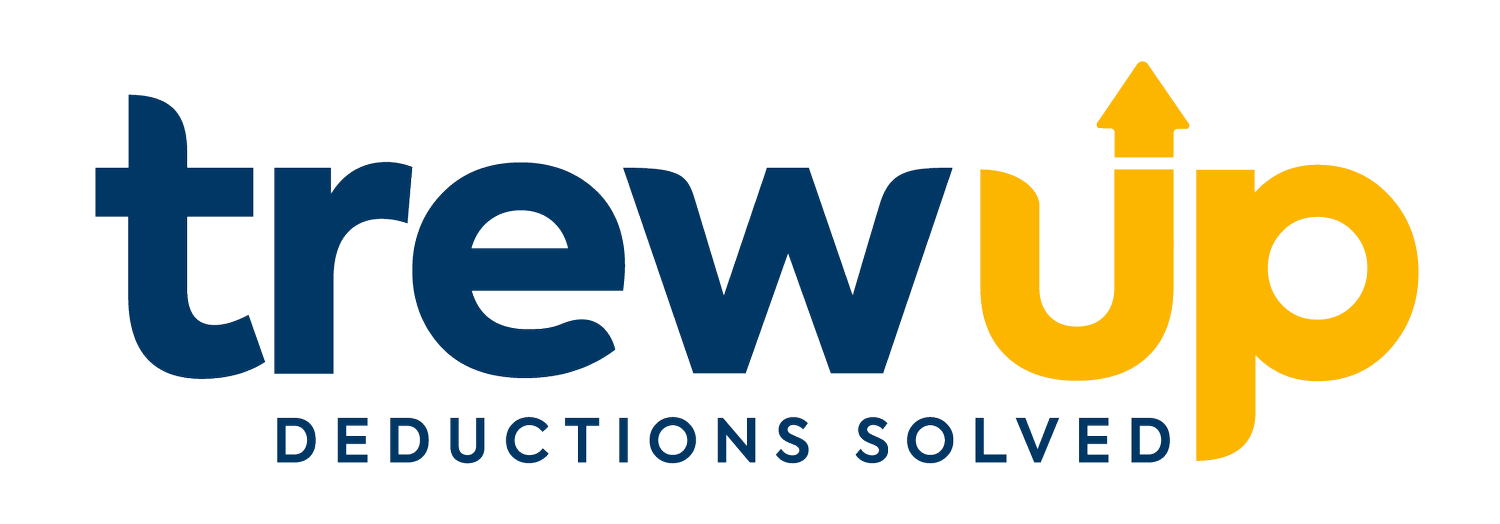Unlocking the Power of CPG Data: How Emerging Brands Can Turn Insights into Competitive Advantage
In the CPG (consumer packaged goods) world, data is everywhere—but not all brands know how to use it. If you're an emerging CPG brand, chances are you're sitting on a goldmine of untapped information hidden in your shipments, deductions, and trade spend reports.
In this post, we explore how to turn raw CPG data into actionable insights that drive smarter decisions, reduce waste, and grow sales.
Why Data Is Your Secret Weapon
Emerging brands often operate at a disadvantage compared to legacy players. They lack resources, brand recognition, and shelf space. But one area where you can gain an edge is data utilization.
Your brand likely has access to:
Distributor shipment data (from KEHE, UNFI, etc.)
Deduction breakdowns by type, account, and SKU
When analyzed effectively and , these data sets reveal exactly where your dollars are going—and what’s driving results. Bonus resource: Learn How the Best CPG Teams Unlock Retailer-Specific Trade Spend Insights here.
From Manual Spreadsheets to Smart Dashboards
Before tools like TrewUp, many brands had no choice but to manually extract reports from distributor portals, build pivot tables, and analyze month-over-month trends in Excel.
That process is:
Time-consuming
Error-prone
Difficult to scale
Enter platforms like TrewUp, which automate shipment and deduction data collection and turn it into clean, actionable dashboards. Brands can now track:
Sales trends by retailer
SKU-level performance
Velocity per store per week
Trade spend ROI
Pro Tip: If you're still using spreadsheets, it's time to automate. The sooner you start tracking trends, the faster you can adapt and grow.
What Metrics Matter Most?
Not all metrics are created equal. Here are key indicators every brand should monitor:
Units per Store per Week (UPSPW): How fast your product is moving on shelves.
Month-over-Month Sales by Account: Is your growth accelerating, flat, or declining?
Dollar vs. Unit Sales: Understand pricing dynamics and promo lift.
Deduction Spend by Category: Where is your trade spend actually going?
These metrics help answer big questions:
Are we growing in the right places?
Which promotions are actually effective?
Are deductions aligned with ROI?
Learn more about Tracking Trade Spend Metrics for Better Insights with this in-depth blog post.
Turning Data into Strategy
Data isn’t just for reporting—it should inform your go-to-market strategy.
Top-down analysis tells you how your brand is performing overall.
Retailer-level detail shows where you’re winning—and where you’re bleeding.
Promo impact lets you optimize future events and avoid waste.
Pro Tip: Start every monthly business review with these core questions:
What changed since last month?
Which SKUs or accounts are trending?
Are trade deductions within plan?
Where are the new opportunities?
Make Data Your Competitive Advantage
If you're building a CPG brand in today’s hyper-competitive market, leveraging data is no longer optional—it’s essential.
When you stop viewing data as a burden and start seeing it as a strategic asset, you unlock powerful benefits:
Smarter spending
Better forecasting
Faster pivots
Stronger retailer relationships
Platforms like TrewUp can help emerging brands automate data collection and turn numbers into strategy. What are you waiting for? Book a demo today and let’s get started.
Frequently Asked Questions about CPG Data & Emerging Brands
Q: What types of data should emerging CPG brands be tracking to drive growth?
Emerging CPG brands should track distributor shipment data, retailer-level sales, trade spend deductions, SKU-level velocity, and promotional performance. These metrics provide insight into what’s working and where to optimize sales and marketing efforts.
Q: Why is SKU velocity (units per store per week) important for CPG brands?
SKU velocity, measured as units per store per week, tells brands how quickly products are selling at retail. This helps determine if distribution is effective, if pricing or promotion needs adjustment, and whether a product is meeting retailer performance thresholds.
Q: How can platforms like TrewUp help brands make better use of their data?
TrewUp automates the collection and analysis of shipment, deduction, and trade spend data. It turns raw reports from distributors like KeHE and UNFI into visual dashboards, helping CPG brands identify sales trends, spot inefficiencies, and improve ROI on promotions.
Q: What are common mistakes CPG brands make with trade spend data?
Common mistakes include relying on manual spreadsheets, failing to tie deductions to outcomes, ignoring low-velocity SKUs, and underestimating the impact of promotions. These issues lead to wasted budget and poor decision-making.
Q: How should a CPG brand use data to plan promotions?
Brands should analyze past promo performance to identify what types of events (e.g. BOGO, price discount, digital coupon) generated lift. Then, they should forecast future trade spend based on SKU velocity, retailer requirements, and seasonal demand patterns.
Q: How does analyzing deduction data improve profit margins?
By categorizing deductions by type (e.g. slotting fees, shortages, late shipments), brands can reduce non-working trade spend. This allows more dollars to be invested in consumer-facing promotions that increase sell-through and profit margins.
Q: What’s the first step a brand should take to start using their data more strategically?
Start by consolidating all shipment and deduction data into a single platform. Then prioritize building dashboards that show month-over-month trends by account, SKU, and retailer. This foundational visibility is critical for making smarter trade and sales decisions.
